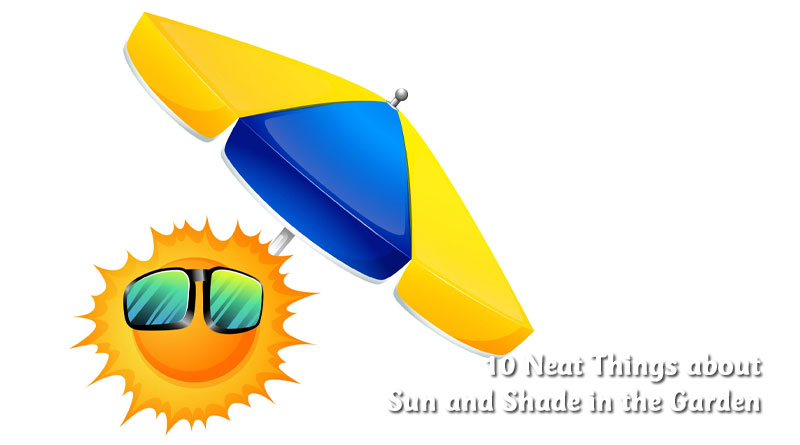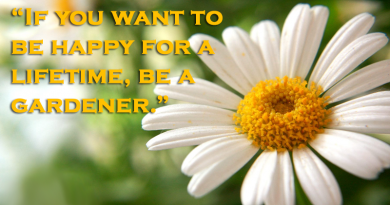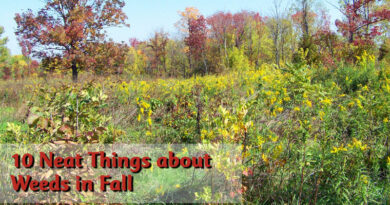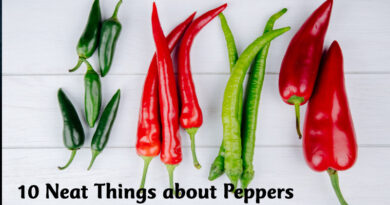About Sun and Shade
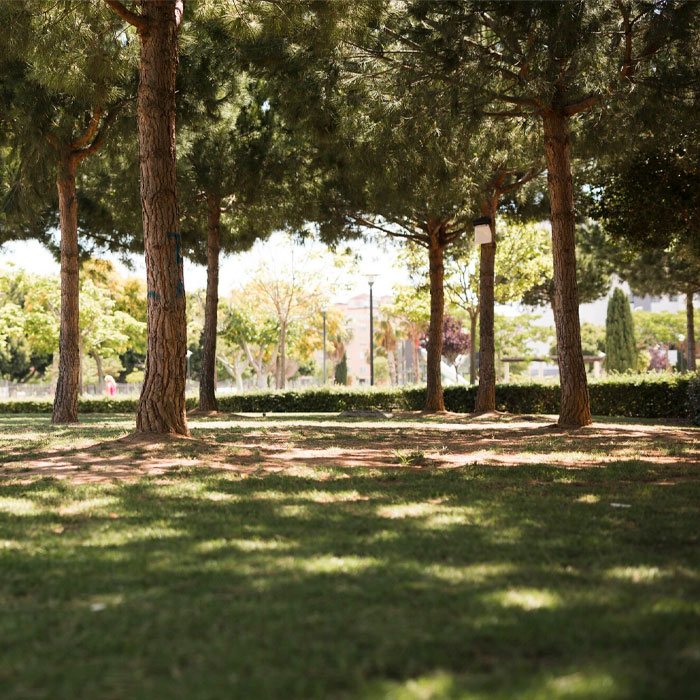
1. Deadly shade.
Very little will grow in deep, deep shade, say right beside a north facing wall with overhanging eaves where the sun never penetrates. This is the place to lay down river stone and rely on statuary for decoration unless you want to grow mushrooms.
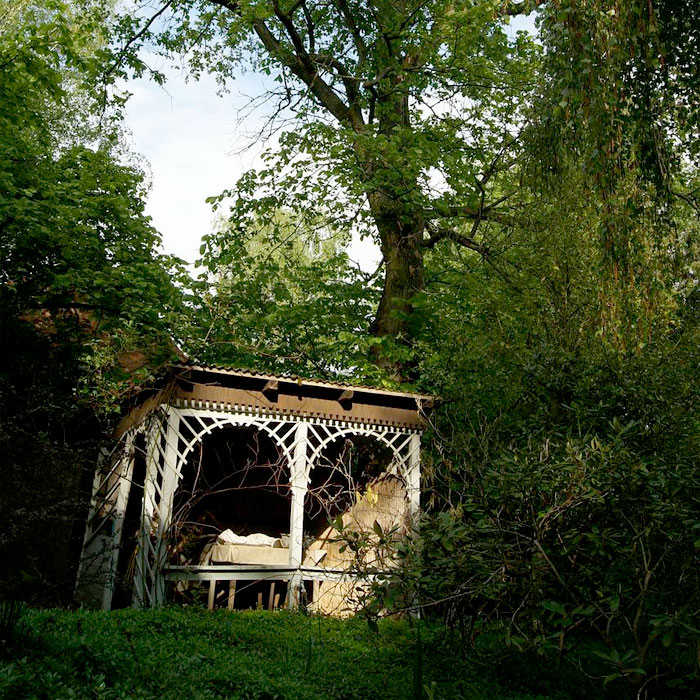
2. Dappled shade or sun.
The shade under most deciduous trees is called dappled shade. It allows some sun to penetrate between the trees’ leaves. The amount of sun depends on the species of tree; there is more shade under a thick-canopied maple than under a fine-leaved honey locust.
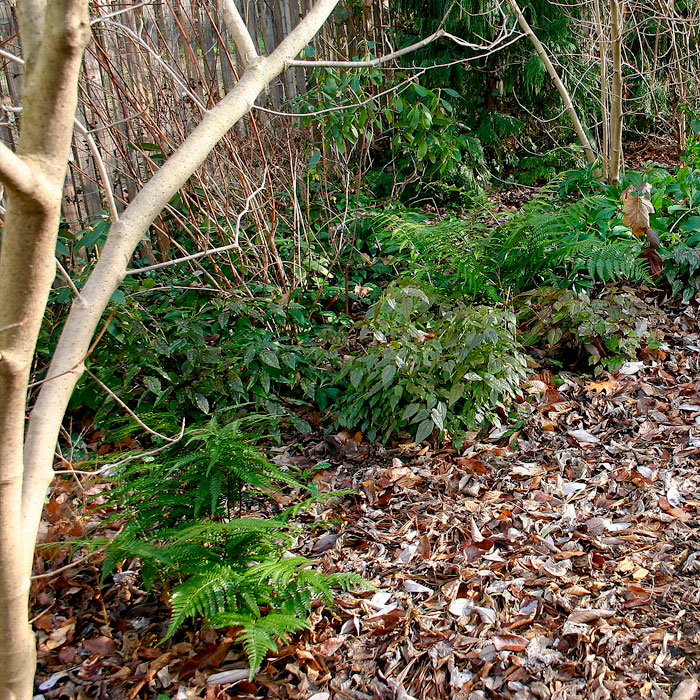
3. Full Shade.
Full shade is where the plant receives no more than one and a half to three hours of sun a day and that sun may be filtered or occurs only in late afternoon or early morning.
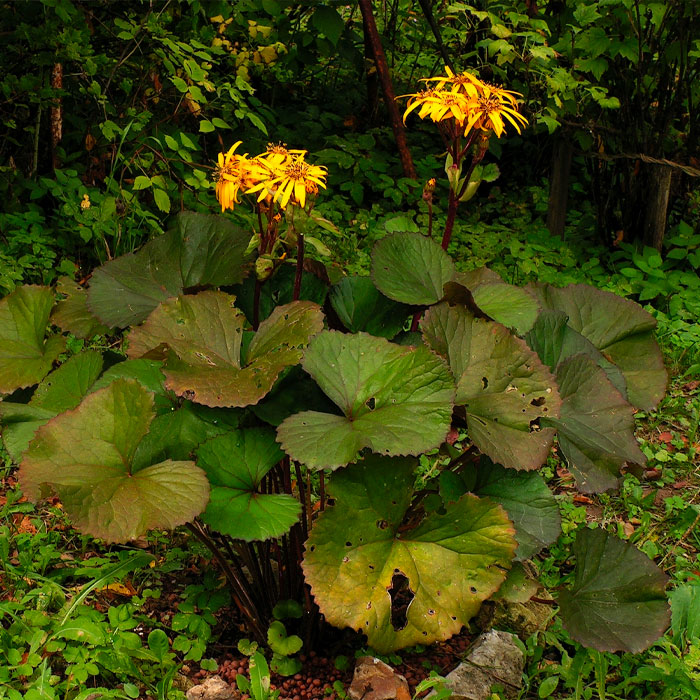
4. Part shade.
Part shade is shade in a space where the sun shines only part of the day, maybe two to five hours. Plants, such as Ligularia, that do not enjoy intense afternoon heat but will tolerate morning sun, enjoy a spot in part shade.
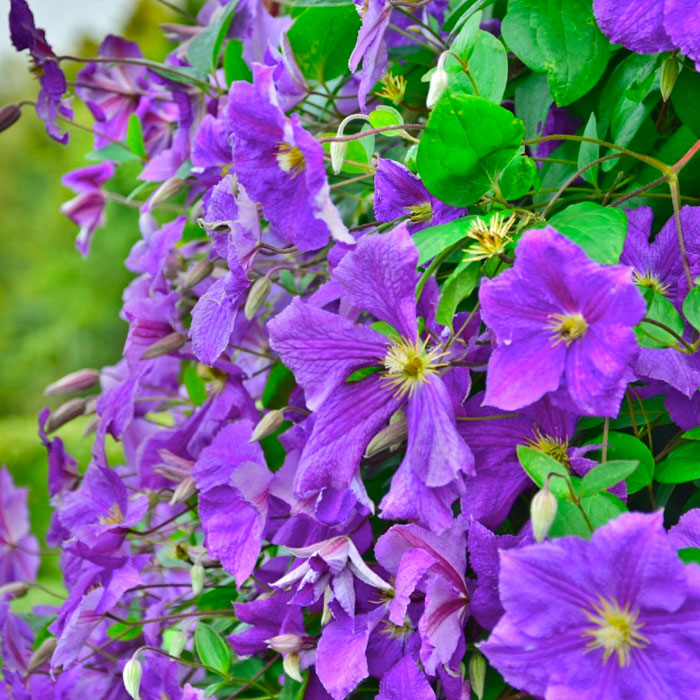
5. Part sun.
Part sun is different from part shade and usually means that the plant requires four to six hours of sun during the day – either in the morning or afternoon. Plants that grow in partial sun will tolerate more sun if the space has plenty of moisture or they may tolerate morning sun, which is cooler than afternoon sun.
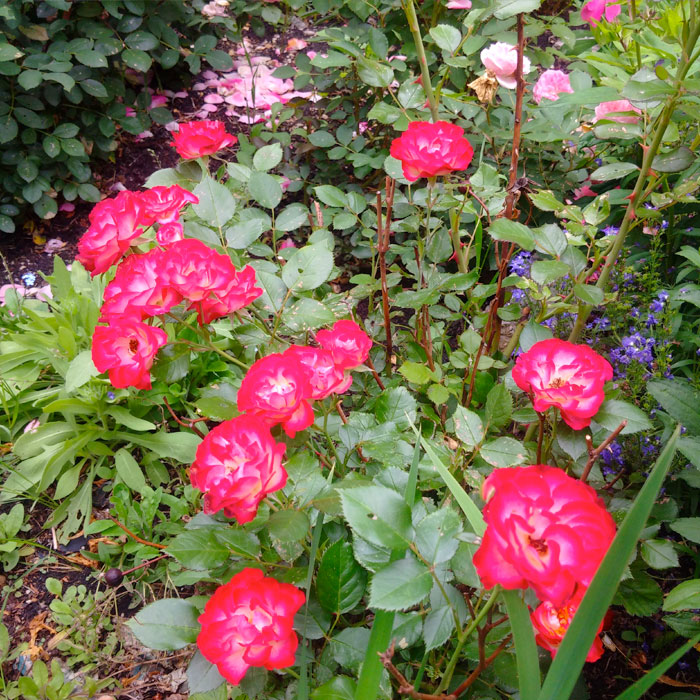
6. Full sun.
Full sun doesn’t mean from sunup to sundown. It means that the plant will receive more than six hours of sunlight a day. You can grow roses in six hours of sunlight. Be careful with full sun. If you have just purchased a plant labeled full sun, introduce it to our afternoon sun gradually. Many of these plants are tested in areas such as Detroit where the sunlight is filtered by smog. In cases such as this, intense afternoon sunlight can burn leaves.
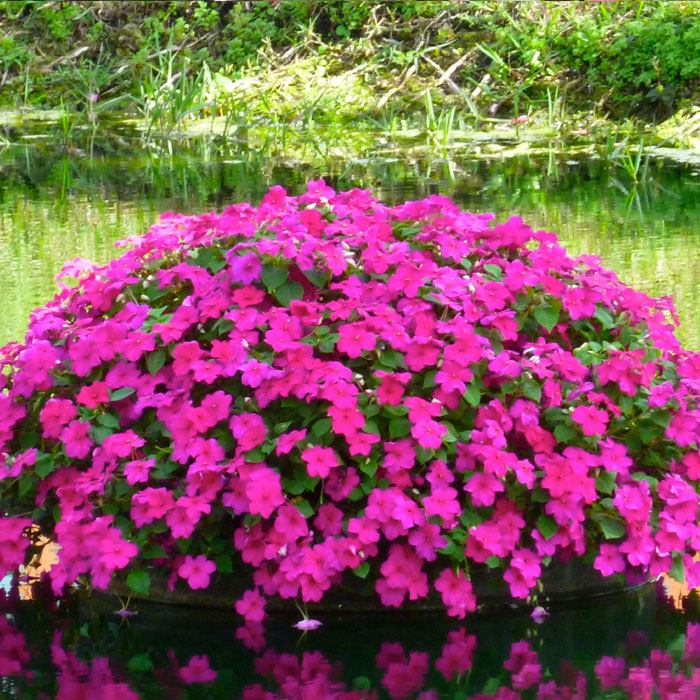
7. Moisture can affect sun tolerance.
You can grow impatiens in full sun if they have enough water. Disney does just that in Florida. Large moss-filled balls planted with impatiens are floated on ponds in the deadly all-day sunlight and the impatiens plants are very happy thanks to the cooling effect of the moisture.
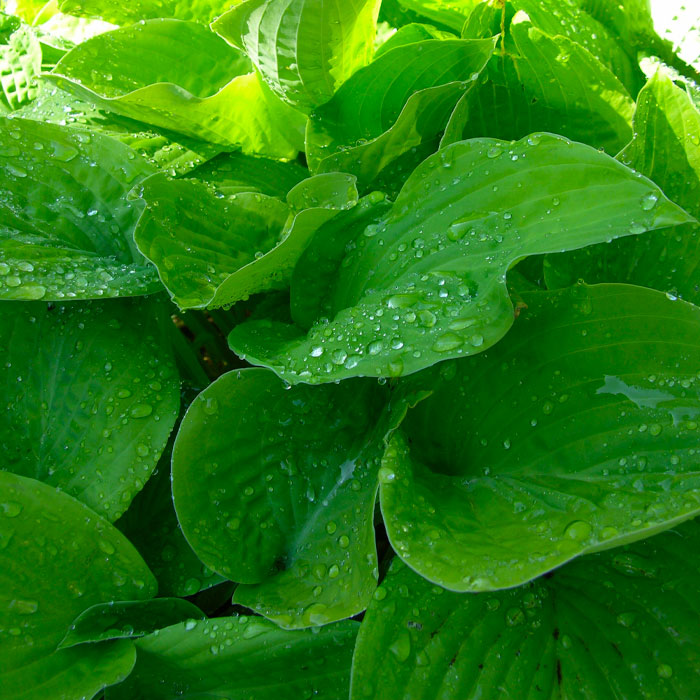
8. Dry shade.
It is much harder to grow plants in dry shade than in moist shade. This is the reason that your hosta are so unhappy under trees, where they have to compete for moisture. If you are determined to grow hosta under trees, help them out by putting moisture retaining coir (ground coconut husk) in their root zone or finding some other way to maintain the moisture content. Some people plant them in pots buried in the ground. This keeps the hosta’s root system out of competition with the tree.
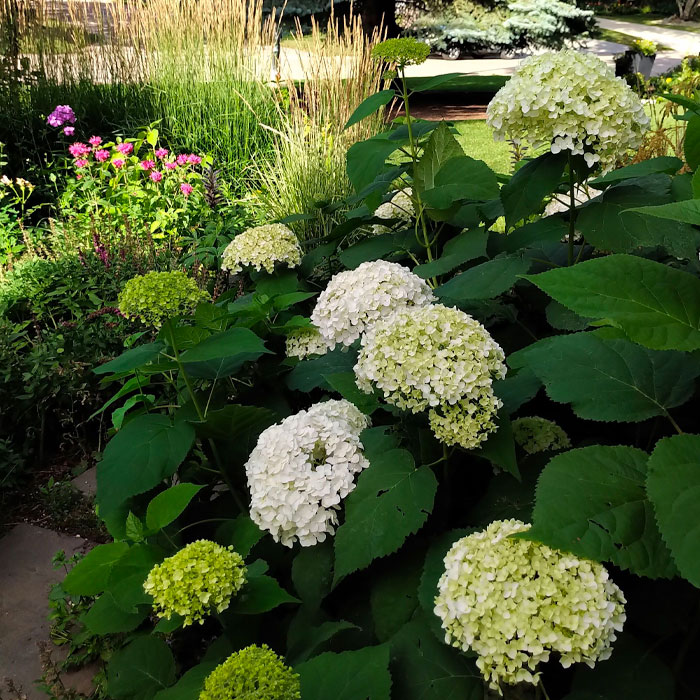
9. South for sun, north for shade.
In general, locations that face south will get the most sun each day in the northern hemisphere, even if it’s only partially sunny there. Those facing north will get the least sun. Gardeners with north facing homes have fewer choices for their foundation plantings in front than those whose homes are facing south. In the shrub category, evergreens and most viburnums will do fine.
10. If all else fails, buy a doohickey.
Still confused about sun and shade and what to grow? There are actually devices to help you out. There are several available; Google “light levels plant sensor”. Your wristwatch is already paid for, though. All you have to do is time the sun in the place to you want plant and follow the hours listed above.
– Dorothy Dobbie Copyright©
Pegasus Publications Inc.



